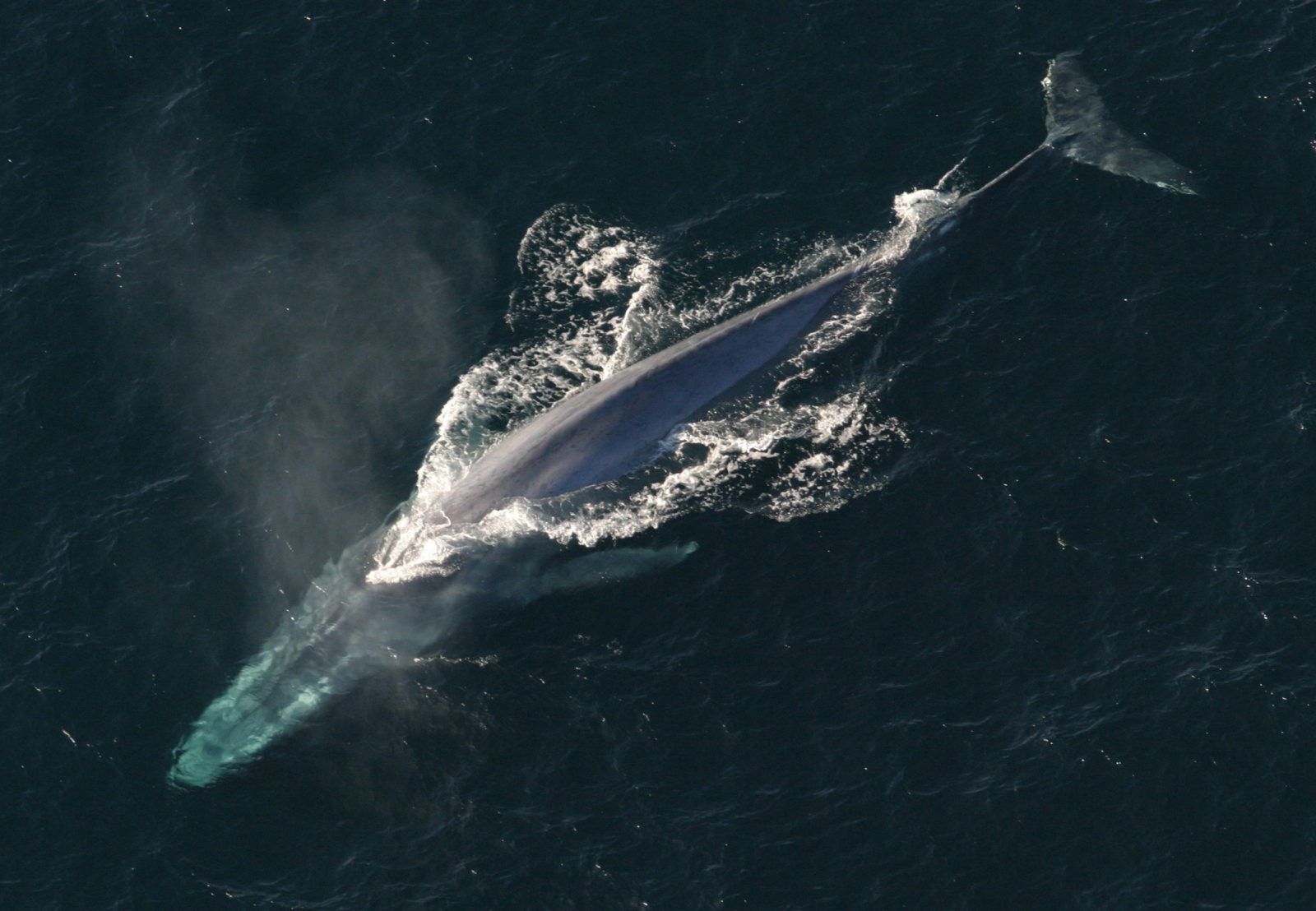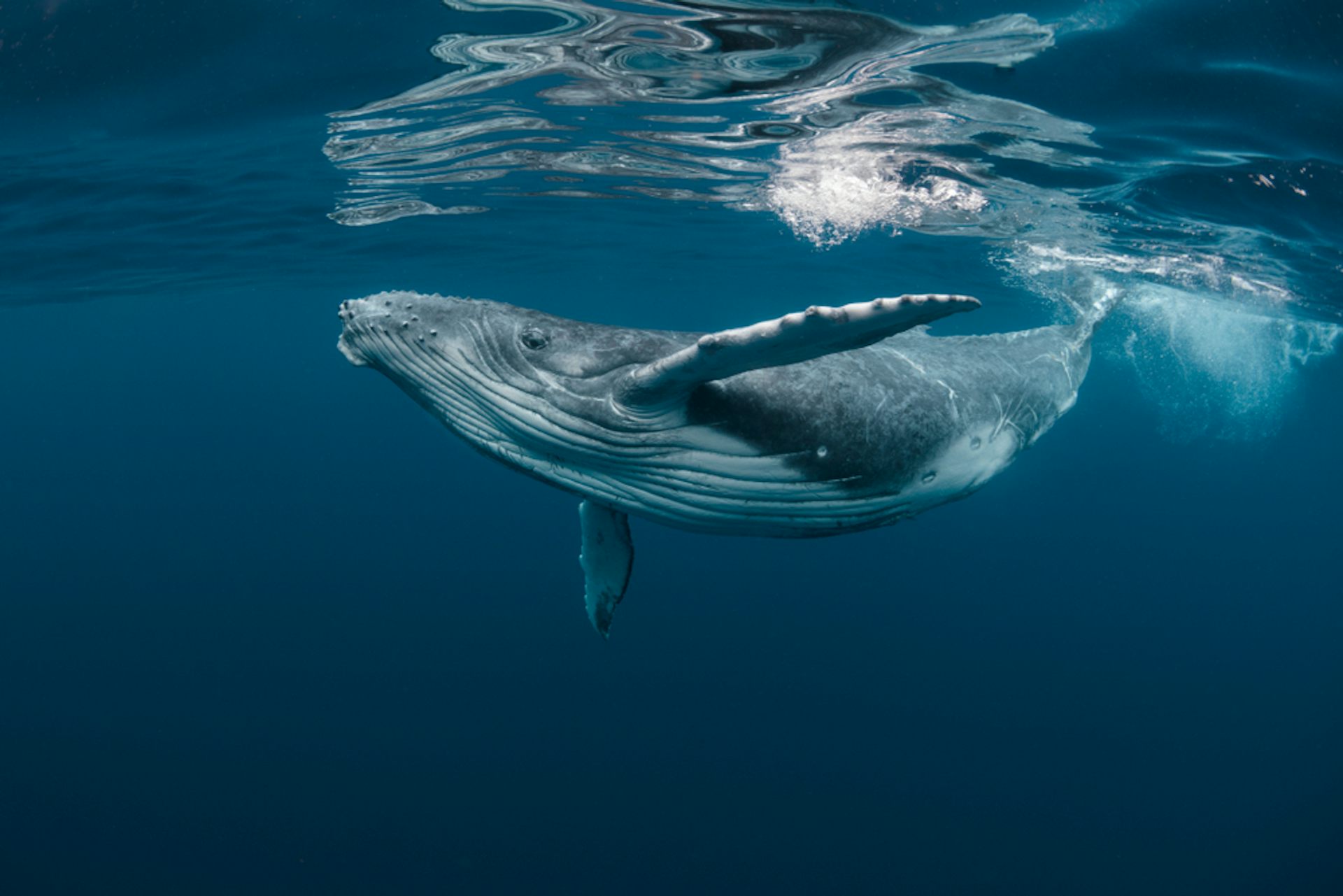

Whales are an important part of the marine food chain and play a huge role in maintaining the health of our oceans. This call can be heard for hundreds of kilometres, which is handy if you’re scouring our vast oceans for a mate.Īnd if you’ve ever wondered whether a blue whale is actually blue… they are in fact a lightly mottled blue-grey, with light grey or yellow-white undersides. The low-frequency whistle is louder than a jet engine, reaching 188 decibels, compared to a jet engine's paltry 140 decibels. In order to eat, the blue whale expands its throat plates and takes in both water and krill, then it pushes the water out through its baleen plates, swallowing the krill that has stayed inside its mouth.Ī blue whale's heart is the size of a small car and its heart beat can be detected more than three kilometres away. To put that into perspective, an adult male African elephant weighs six tonnes!

Tipping the scales at up to 200 tonnes, a whale needs to eat about four tonnes of krill (shrimp-like crustaceans) daily. It’s also one of the loudest and hungriest species on Earth.īlue whales are simply enormous, ranging in length from 24-33 metres, and females are up to 10 metres longer than their male counterparts.

The largest animal ever known – the blue whale – sets a number of impressive records.


 0 kommentar(er)
0 kommentar(er)
